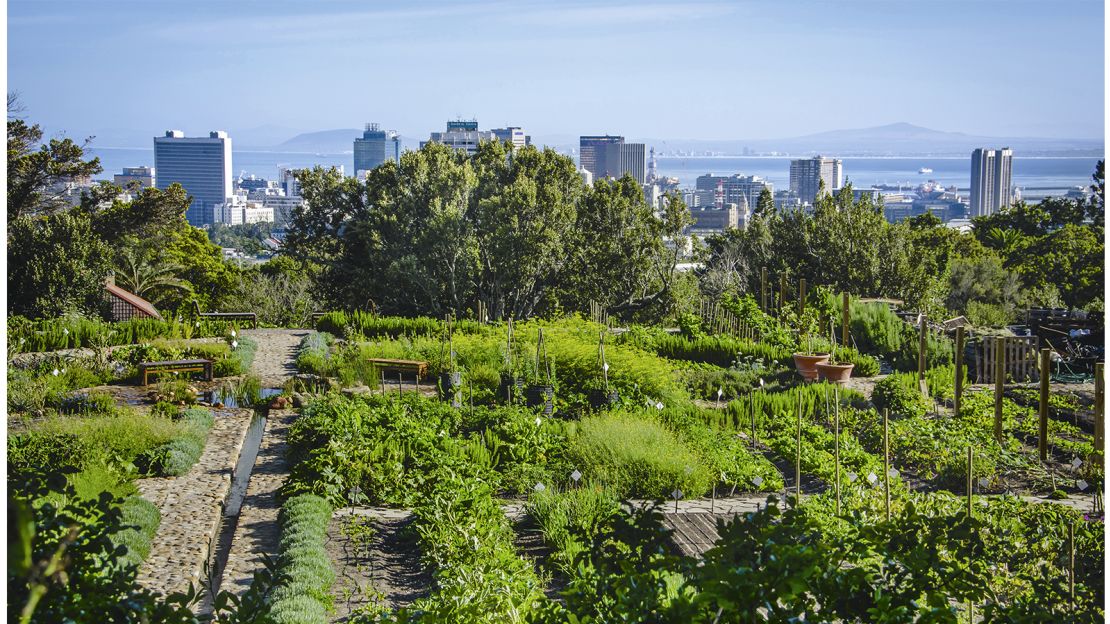The 30-Second Trick For City Blooming
Table of ContentsCity Blooming Can Be Fun For EveryoneSome Known Questions About City Blooming.All about City BloomingThe Buzz on City BloomingSee This Report about City Blooming
Intrigued in expanding food for sale in the City of Chicago? Thinking of beginning an area yard? Adjustments to the Chicago Zoning Statute allow agricultural usages like area gardens and urban ranches in several components of the city. Below is a checklist of often asked concerns pertaining to the rules and guidelines that cultivators need to take into consideration when planning a metropolitan agriculture job.
The zoning modification does not customize any type of various other codes managing composting, building authorizations, acquiring or leasing City owned property, organization licenses or environmental contamination. There are existing codes that manage these problems and they stay completely impact and might be relevant to your job. Community yards are normally possessed or handled by public entities, public companies or community-based companies and maintained by volunteers.
Urban ranches grow food that is meant to be sold, either on a not-for-profit or for-profit basis. As a result of their commercial purpose, city farms require a company license. Yes. An area garden is permitted to market surplus produce that was grown on site if the sales are accessory or subordinate to the garden's main function defined over.
Some Ideas on City Blooming You Should Know
Composting is enabled yet only for plant material that is generated and made use of on website. The amount of garden compost material can not go beyond 25 cubic yards at any provided time according to the criteria in 7-28-715 of the City's Municipal Code. Yes. Due to the fact that the soil at the majority of brand-new garden sites needs amending, garden compost, dirt, timber chips, or other products can be obtained to build or improve the growing room - indoor plants.

If a structure permit is called for then the hoophouse will be considered an accessory structure. You can figure out more concerning the building permit requirements by contacting the Department of Buildings. The 25,000-square-foot size limitation is meant to stop a solitary neighborhood yard from dominating a provided block or interfering with the block's existing household or business personality.
The limit does not put on yards situated in Public Open Area (POS) districts. Can there be greater than one community yard that is 25,000 square feet on a solitary block? Yes. The size restriction uses to individual yards, not to private blocks. No. Fencing is not needed, nonetheless, gardens that have big vehicle parking areas might be required to install secure fencing or various other landscaping functions.
The Ultimate Guide To City Blooming
B1 & B2 districts require that all commercial use activities be carried out inside your home. Is fencing needed for urban farms? Fencings might be required, along with landscaping and screening, for specific car parking locations and outside work or storage locations depending on area and the specific activity taking place.
Yes. Urban farms require building licenses and zoning approvals before building. Other kinds of city review may be required relying on certain frameworks, tasks, dimension, landscaping, licensing, public heath and stormwater management issues. A number of these needs are recognized in the job layout or allowing procedure, nevertheless, the applicant may be accountable to individually determine particular licenses or permits that might be required.
Yes. The kind of certificate is established by what is occurring at the site. The Department of Organization Matters and Customer Security can help figure out the details type of service permit that's required. Yes. Off road car park is needed for a lot of commercial projects in Chicago. The needed number of garage is based on the number of employees servicing website and not the square footage of the expanding area.
The Definitive Guide for City Blooming

Yes. A metropolitan farm can market compost material generated on website, however, the procedure must abide by the policies in 7-28-715 of the Chicago Municipal Code. Yes. Aquaponic systems are permitted indoors on urban farms in lots of zoning areas. However, a zoning testimonial and structure permit is needed in order to mount frameworks or systems and a service certificate is required as described above.
Approximately 5 hives or swarms of honey bees might be maintained as an accessory use. Beekeepers must register with the Illinois Division of Agriculture. To learn more about the suggested zoning modification you may contact the Division of Housing and Economic Growth, Bureau of Preparation and Zoning at 312.744.8563.
Farming in cities and city areas A city ranch in Chicago. Urban agriculture describes various techniques of cultivating. https://worldcosplay.net/member/1784867, handling, and dispersing food in city areas. The term also uses to the area activities of pet husbandry, tank farming, beekeeping, and cultivation in a city context. Urban agriculture is identified from peri-urban farming, which occurs in backwoods beside suburbs.
Indicators on City Blooming You Need To Know
, who look for to form social networks founded on a shared values of nature and community holism. These networks can create by method of official institutional support, coming to be integrated right into regional town preparation as a "shift community" movement for lasting urban advancement.
In either instance, the a lot more straight access to fresh vegetable, fruit, and meat items that may be understood via urban farming can improve food safety and security and food security while decreasing food miles, resulting in reduced greenhouse gas discharges, thus contributing to climate change mitigation. A few of the initial proof of city agriculture comes from Mesopotamia.